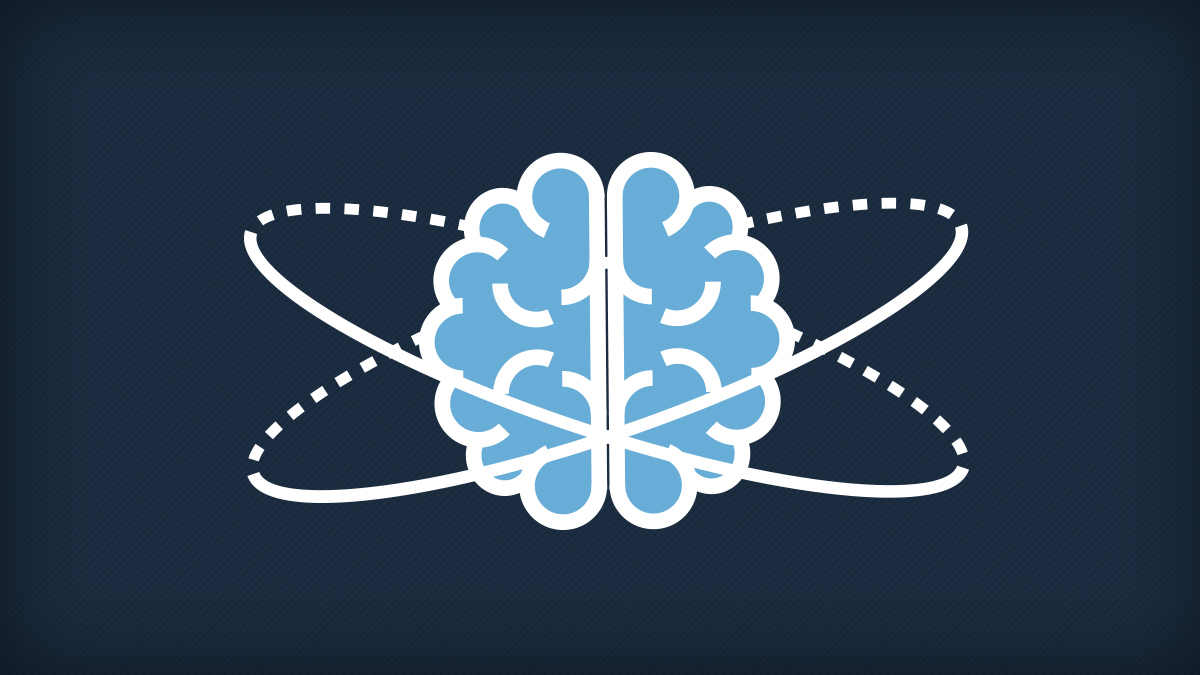If you’re just joining us within our design thinking series, we recommend starting your reading at our first post, Design Thinking Exercise in Real-World Application. There, we cover the purpose behind our team’s design thinking, empathy-building experience.
Specifically, this article will cover the challenge, insights and recommendations of Persona D, Caroline: 35-year-old office worker going somewhere new for lunch (walking).
The challenge
Persona D, a 35-year-old office worker, faced the challenge of finding a dining option that met the following criteria:
- Somewhere new
- Walkable from the office (located on Farmer Ave and 5th Street)
- Gluten-free menu for coworker with dietary restrictions
- Not too busy or loud to allow for easy conversations
- Not a long wait and quick service to stay within the one hour lunch restriction
The insights
During our design-thinking exercise, Persona D used her coworker’s gluten-free app to quickly search for restaurants in the area that offered a gluten-free menu. However, finding a new location that neither Persona had been to that would accommodate their restricted timeline was challenging. This challenge produced the following insights:
- Users with 9-5 jobs have a limited amount of time to take their lunch.
- To alleviate user frustrations, the decision-making process should be as efficient as possible.
- Internet searches are overwhelming and take additional effort to find a location that accommodates your needs.
- Users prefer to go somewhere they know will have good food.
The solution
These insights generated the idea for a mobile application. This application would keep track of where you have been to before. In addition, the application will offer a section for new, upcoming restaurants that are trending. The tentative name for this application is “Next Meal.”
“Next Meal” will be a user and business driven application, allowing customers to create profiles, log restaurants they’ve been to, and give them the option to rate food and include photos. Users can quickly filter restaurants in the area they’re interested in by wait time, popularity, price, etc. There will always be an indicator that informs the user if they’ve been to the restaurant before, allowing them to filter out those restaurants when looking for something new.
This application also presents the marketing opportunity to team up with local foodies to promote the application. The foodies can showcase their top picks for new restaurants and new dishes on the “Next Meal” app.
In conclusion
As we noted earlier, it is practice that makes perfect. Practice, not just in the sense of using design thinking skills, but in experiencing the results of design thinking and building confidence in the fact that they do indeed often, if not in general, lead to unforeseen insights and solutions.
